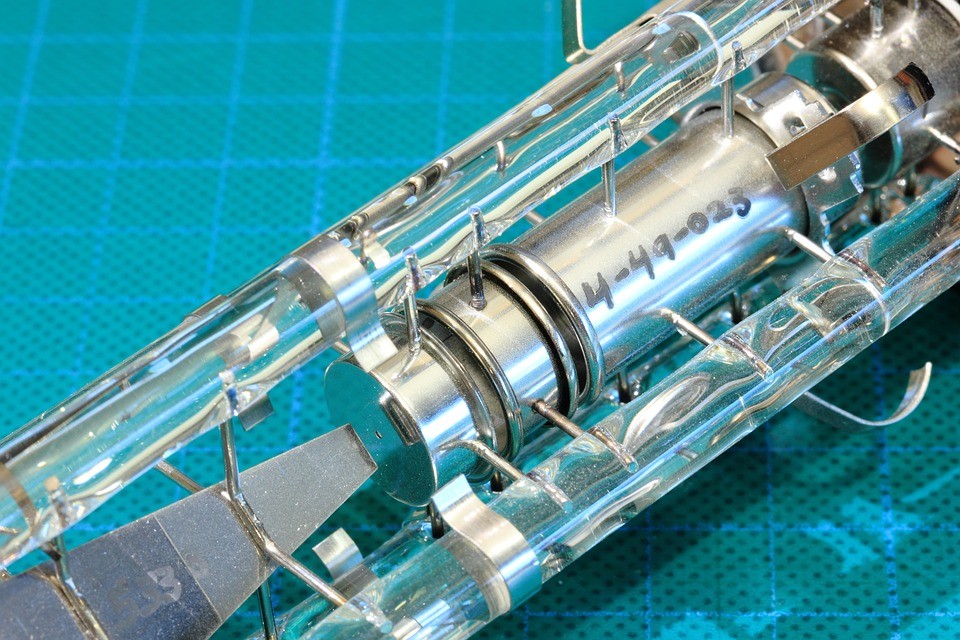For an electron beam to be accelerated and focused, the phrase “electron cannon” must be used. Device used to display images on the phosphorous screen of Cathode Ray Tube (CRT) device In order to emit electrons and form a beam, the cathode, heater, accelerating, grid, pre-accelerating and focusing anodes work together. The electron gun works fine there.
The release of electrons is referred to as “Electronic Emission.”
Cathodes that have been heated indirectly emit the electrons. The filament surrounds the cathode electrodes, which are heated indirectly hence the name “indirectly heated cathode.” The electrodes generate electrons when current is put across them.
For a high electron emission rate at a moderate temperature, it is important to apply a coating of barium and strontium oxide to the end of the cathode Because of this, the cathode current and voltage requirements of the indirect heated cathode are almost identical to those of the direct heated cathode.
How an Electron Gun Works
In order to go to its final destination, the electron must first pass through the control grid. The control grid is constructed using nickel. Coaxial with the axis of the CRT, it has a hole in the middle and is centered. When electrons are discharged from the cathode, the intensity of the control beams is determined. In order to control the flow of electrons, the grid has a negative bias.
To increase the electron’s velocity, a high positive potential is applied across the pre-accelerating and acceleration grids. It’s the anode’s job to concentrate the electron stream. Beams of light are directed to the fluorescent screen after passing via an anode and deflection plates. Choosing the Electron Sources is important there.
The Electron Gun is currently being built
In the CRT’s vacuum tube, housed within the display, the electron gun is responsible for creating and accelerating a stream of electrons. The heater, cathode electrodes, grid, and a variety of anodes are all necessary for generating and enhancing the gun’s output power. In the next part, we’ll go into further detail about their components.
An electric heater converts electricity into thermal energy. It has a resistor that blocks the flow of electricity and instead converts it into heat energy. The heater warms the cathode electrodes, causing electrons to be released.
To make the control grid, the nickel cylinder is used. Steel that is less permeable in the metallic cup is found in this area. Around 15 mm long and 15 mm in diameter, it is approximately 15 mm in length. The cap of the grid has a 0.25 mm hole drilled in it to enable electrons to flow through. The quantity of electrons released affects the intensity of the electron beam that travels through the grid. The flow of electrons is regulated by the negative biassing of the control grid.
Accelerating anodes were employed to speed up the cannon’s cannonballs by using pre-accelerating and accelerating anodes. As a result of the high voltage being applied to these anodes, the electrons travel more swiftly.
Conclusion
After passing via the pre-acceleration and acceleration electrodes, the electrons reach the focusing anode, where they are concentrated on a single spot. The focusing anode is responsible for generating the exact beams of electrons. Because the electron beam interferes with air molecules in the tube, the electron gun is positioned inside of the tube.











